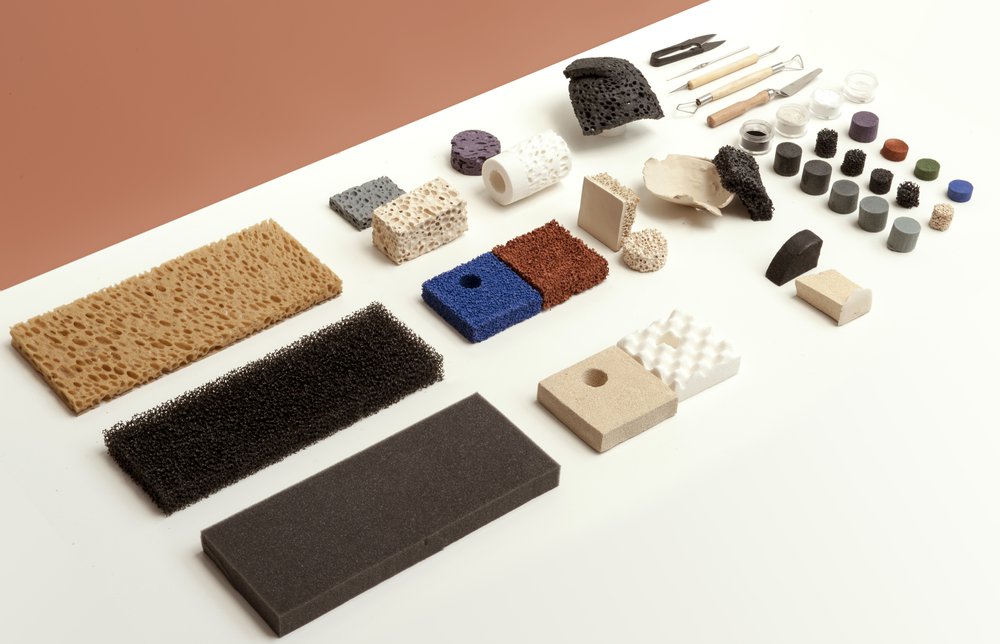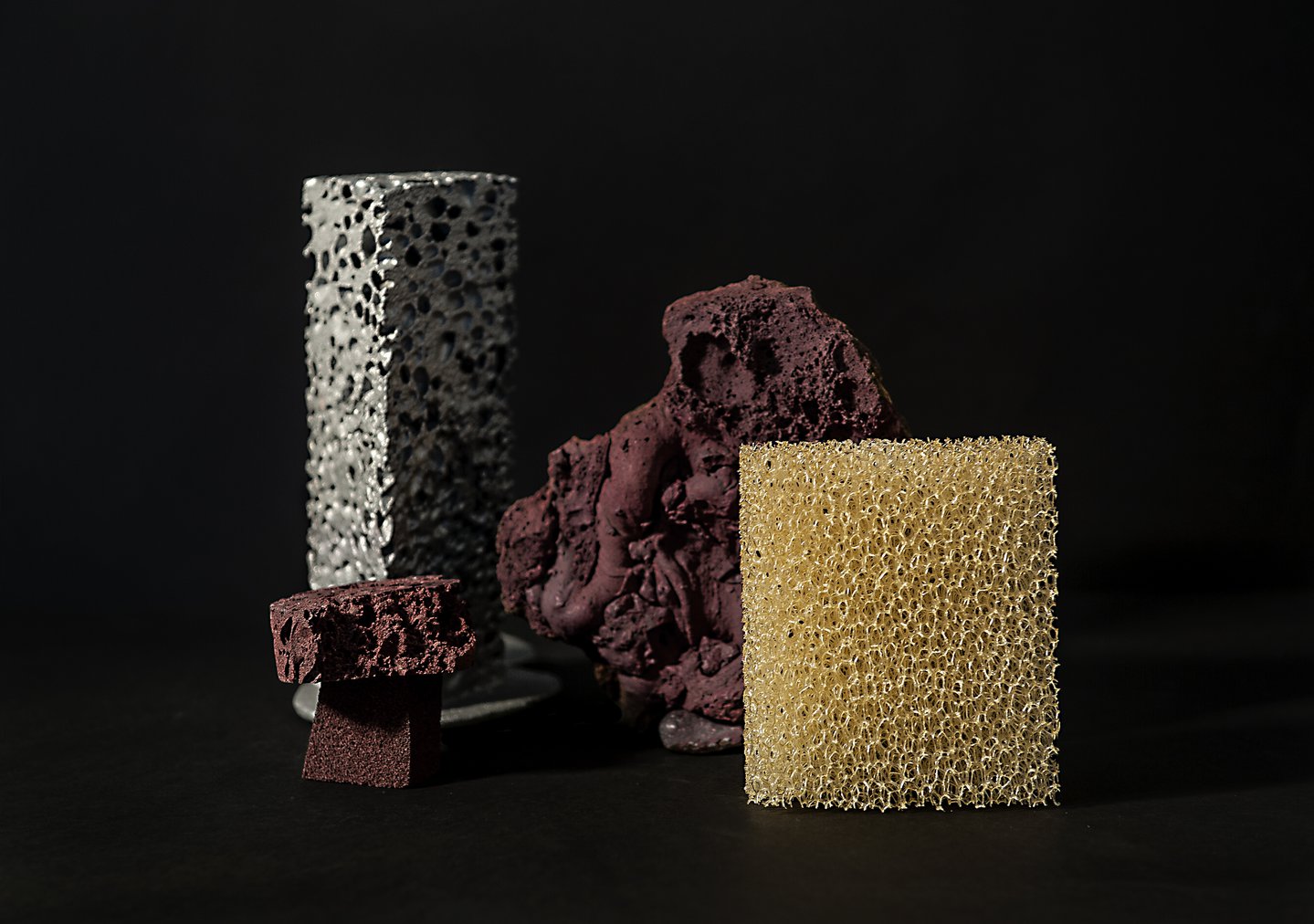
This week sees the end of two wonderful exhibitions that share in a sensitive approach to materials and a triumphant exploration of form. Each showcases pieces cast directly from existing objects and yet defy the label of the mere ‘copy’.
Rachel Whiteread’s artistic practice has been engaged in such endeavors for decades. She famously won the Turner Prize in 1993 (the first woman to do so) and in the same year she created House, a life-sized cast of a derelict council house in the East End of London.
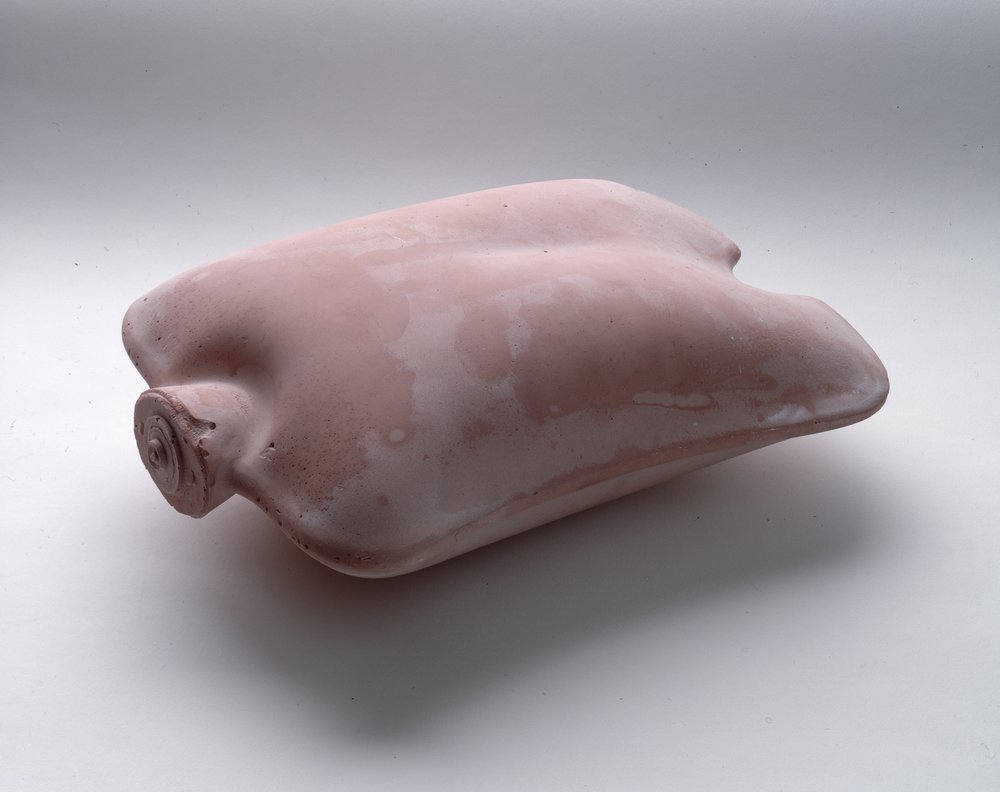
Image courtesy of Tate & Rachel Whiteread
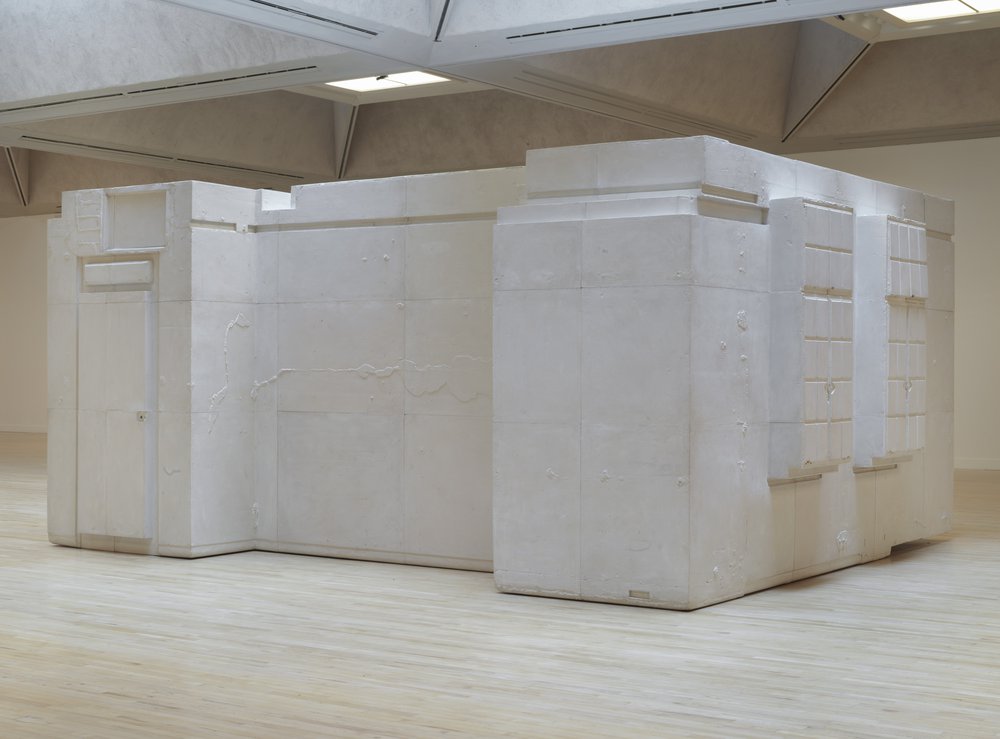
Image courtesy of Tate & Rachel Whiteread
The retrospective of her work at Tate Britain is testament to her endless creativity and eye for noticing the in-between spaces that we all tend to miss – and not least her technical skill in bringing them to life as tangible forms.
Her work is often described as ‘making the invisible visible’ as she makes solid the negative space between the walls of a hot water bottle, the area under a chair or the voluminous area of a room.
Whilst seemingly stark in appearance, initially bearing the resemblance of sculpture and architecture of the minimalist movement, in actual fact her work feels very human. The objects she chooses to cast from are not only second hand, but also functional and normally held or interacted with.
This gives them a sense of life, or at least having been lived with; any signs of wear in the original denote the spectral human touch in the facsimile, which in turn makes them feel warmly familiar.
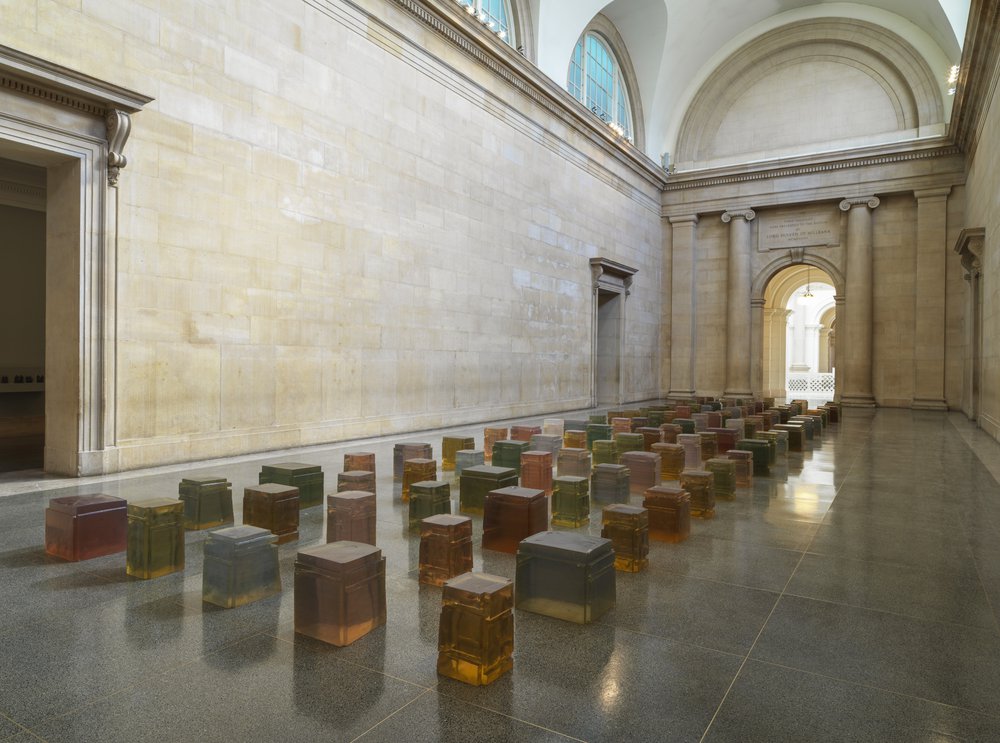
Image courtesy of Tate & Rachel Whiteread
Comparatively speaking, Studio Furthermore are the new kids on the block. But their work seeks to interrogate and push the boundaries of materials and casting techniques in true Whiteread style. Whilst the latter's approach has always been to create objects that juxtapose the intimate with the monumental and sit fairly firmly in the ‘sculpture’ category, the work of Furthermore skirts about the edges of functional design and artistic categorisation.
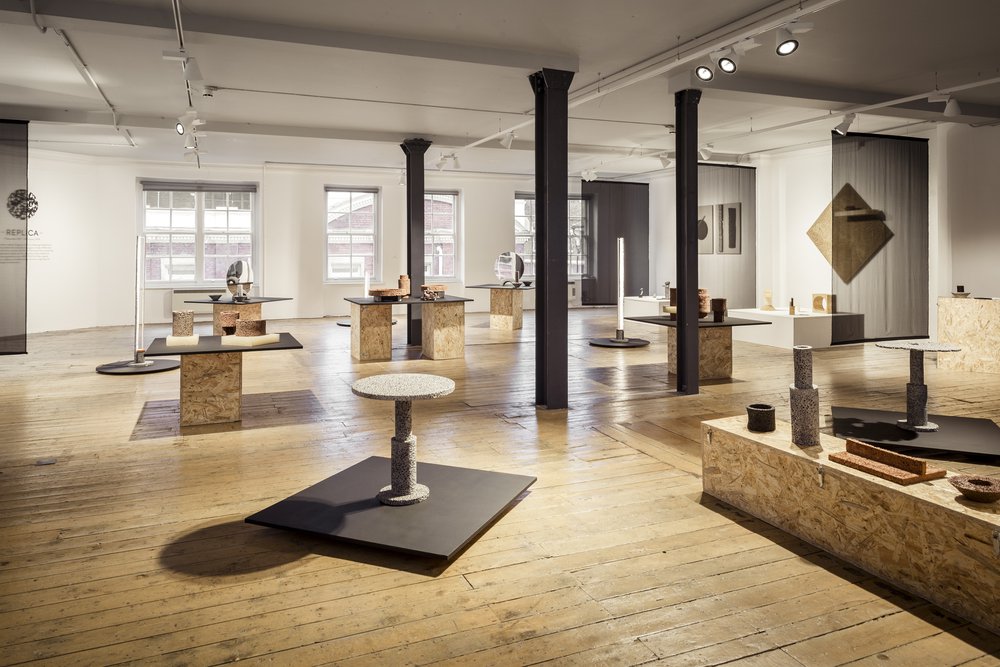
Studio Furthermore by Amandine Alessandra
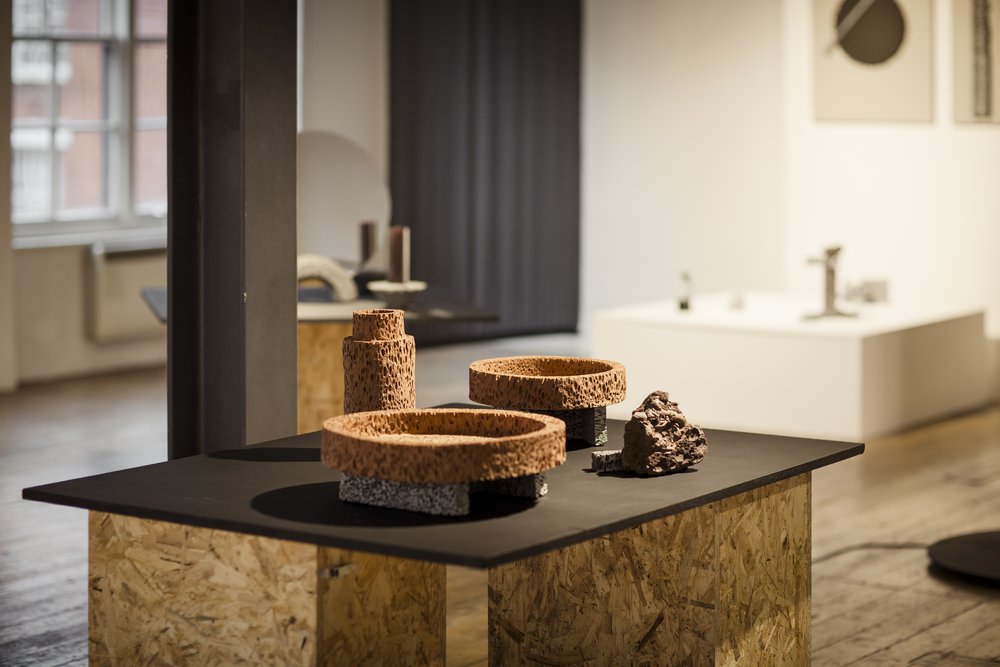
Studio Furthermore by Amandine Alessandra
The relatively small-scale pieces on display over at The Aram Gallery take the purposeful forms of bowls, pots, lamps and tables. And yet, due to the ‘lost foam’ casting technique they have invented, every new piece is completely unique. Either terracotta or aluminium is poured into the shaped foam, which is then burnt away when placed in a kiln. The final objects bear the same aerated surface but in solid form.
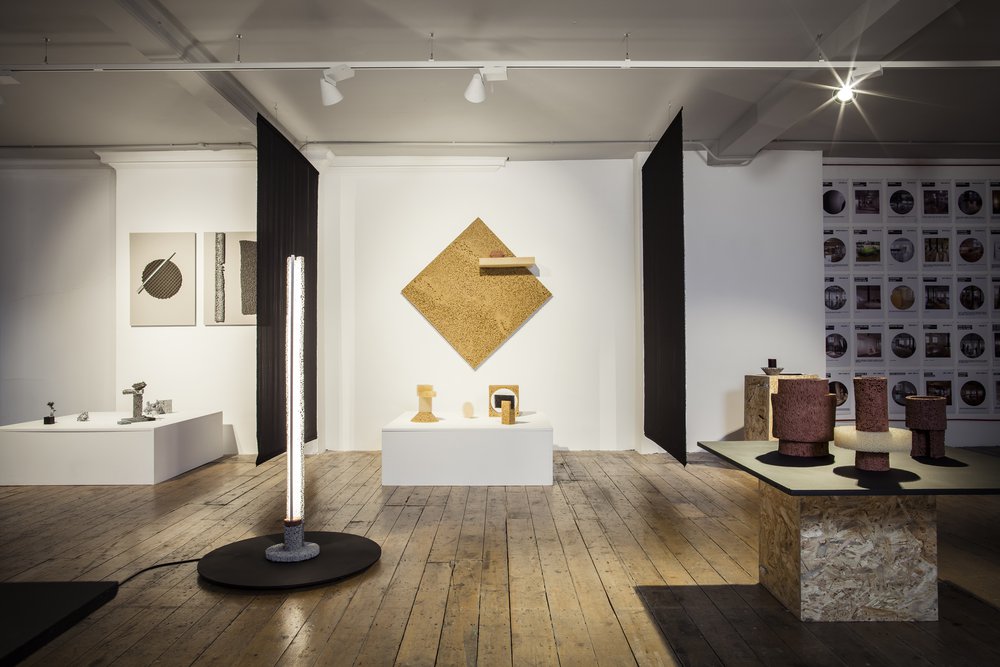
Studio Furthermore by Amandine Alessandra
The exhibition is appropriately titled Replica, and, once again, the end result of this experimental casting process offers something far more captivating than mere reproductions. There’s life in both of these seemingly inert exhibitions, get to them whilst you still can.
